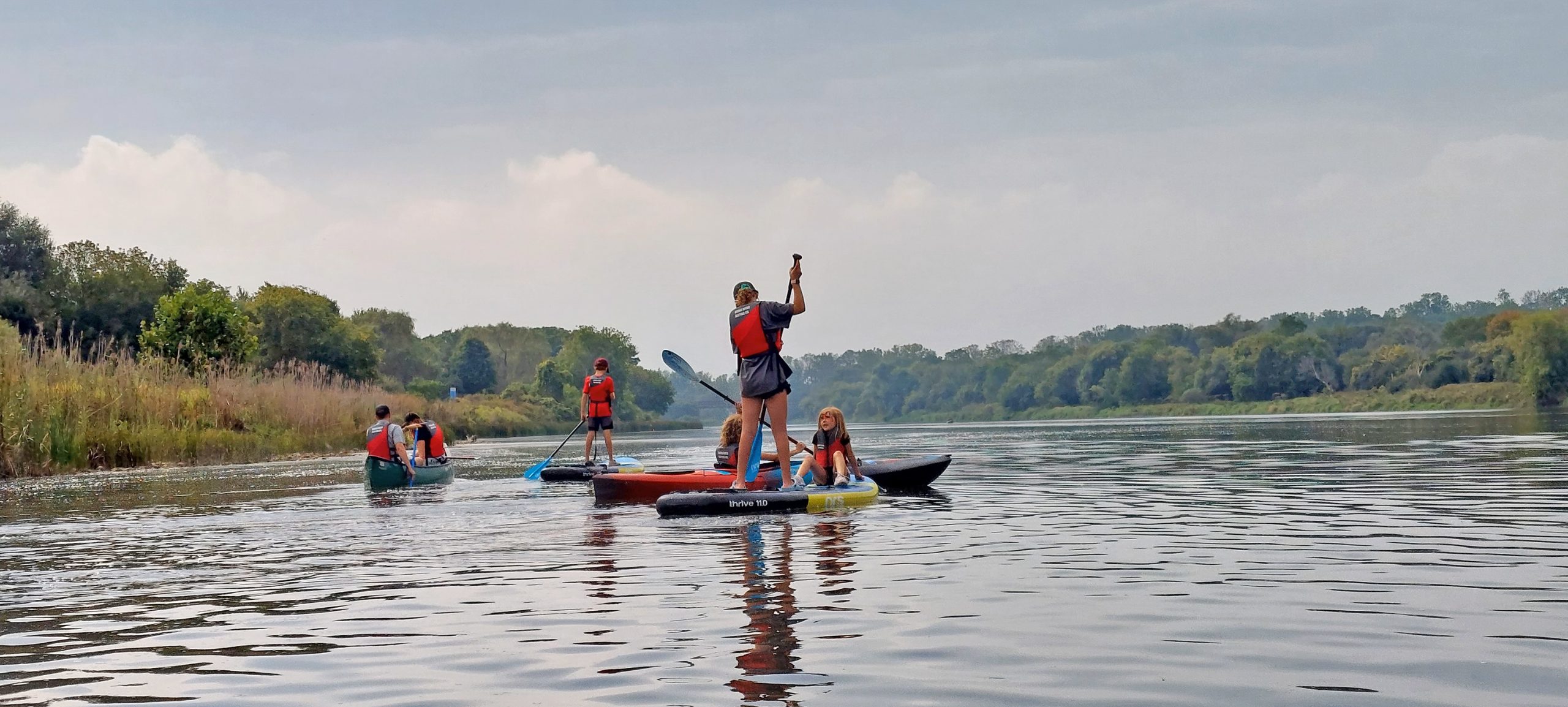BRANTFORD – The Grand River Conservation Authority (GRCA) hosted a River Heritage Festival at the Brant Conservation Area on Sept. 22 to celebrate the 30th anniversary of the Grand River and its major tributaries (the Conestogo, Eramosa, Nith and Speed Rivers) being designated as Canadian Heritage Rivers.
The event, which fell on national World Rivers Day, ran from 10am to 2pm and featured nearly 20 activities and exhibitors.
Entry into the festival was free and guests of all ages were invited to participate in activities aimed at educating visitors on the cultural and natural heritage of the Grand River and its tributaries.
Highlighted events included a birds of prey demonstration by Wild Ontario, paddling with Grand River Rafting, and learning about the trail systems through the Grand River watershed.
Designation
According to the GRCA, there are 40 rivers in Canada that have achieved Heritage River designation.
The Grand River and its tributaries received their designation in 1994.
For a river to receive a Heritage River designation it must first be nominated to the Canadian Heritage Rivers Board and Technical Planning Committee, and it must have a high level of public support.
The river must also contain natural and/or cultural values of significance to Canada.
Rivers can also be recognized for their outstanding recreational value.
Habitat
According to Canadian Heritage Rivers System, the Grand River and its tributaries, although not designated for natural value, provide habitat to thousands of species of birds, fish, animals and other wildlife.
The Grand River forest is one of the few remaining Carolinian forests in Canada, containing species such as sycamore, sassafras, pignut hickory and chinquapin oak.
There are over 90 species of fish in the river system and nearly 250 species of birds have reportedly been spotted.
History
With over 800 archeological sites, the Grand watershed tells an 11,000-year story of history.
When Europeans first arrived, the Neutral people controlled the territory of the Grand.
After the American Revolution, members of the Iroquois Confederacy were given land in the watershed as a reward for their loyalty to the British Crown.
Loyalist settlers followed soon after, along with Mennonites from Pennsylvania and Scottish immigrants.
The restoration and reuse of the many historical structures such as mills and factories along the river has worked to preserve the Grand’s built heritage in areas such as Elora, Fergus, Cambridge, Brantford and Paris.
To maintain heritage river status, the GRCA must prepare annual and ten-year monitoring reports that are submitted to the Canadian Heritage Rivers board. These reports detail the state of the river’s human heritage and recreational values.
For more information on the Grand River and its tributaries visit the Canadian Heritage River System website at chrs.ca.



